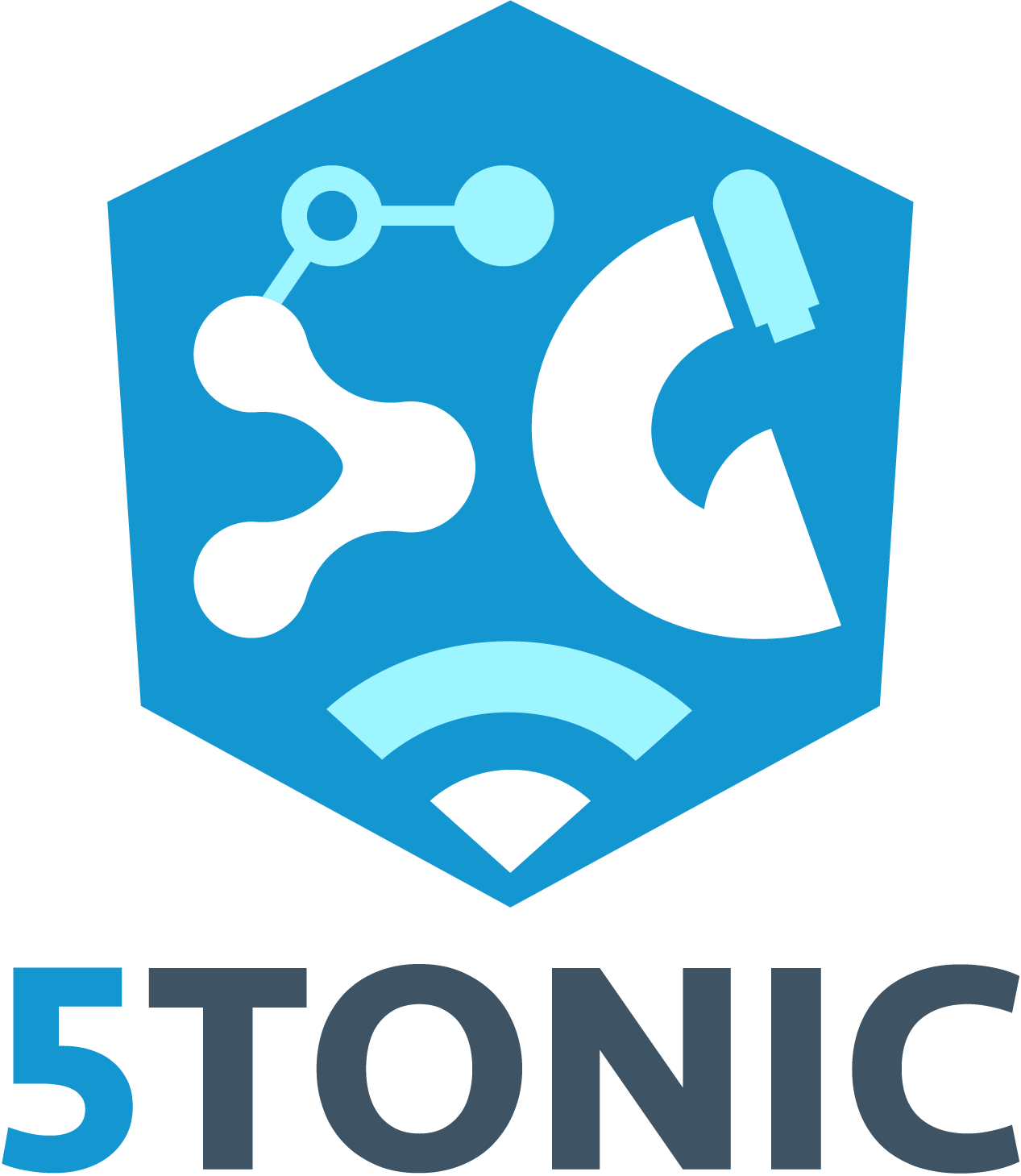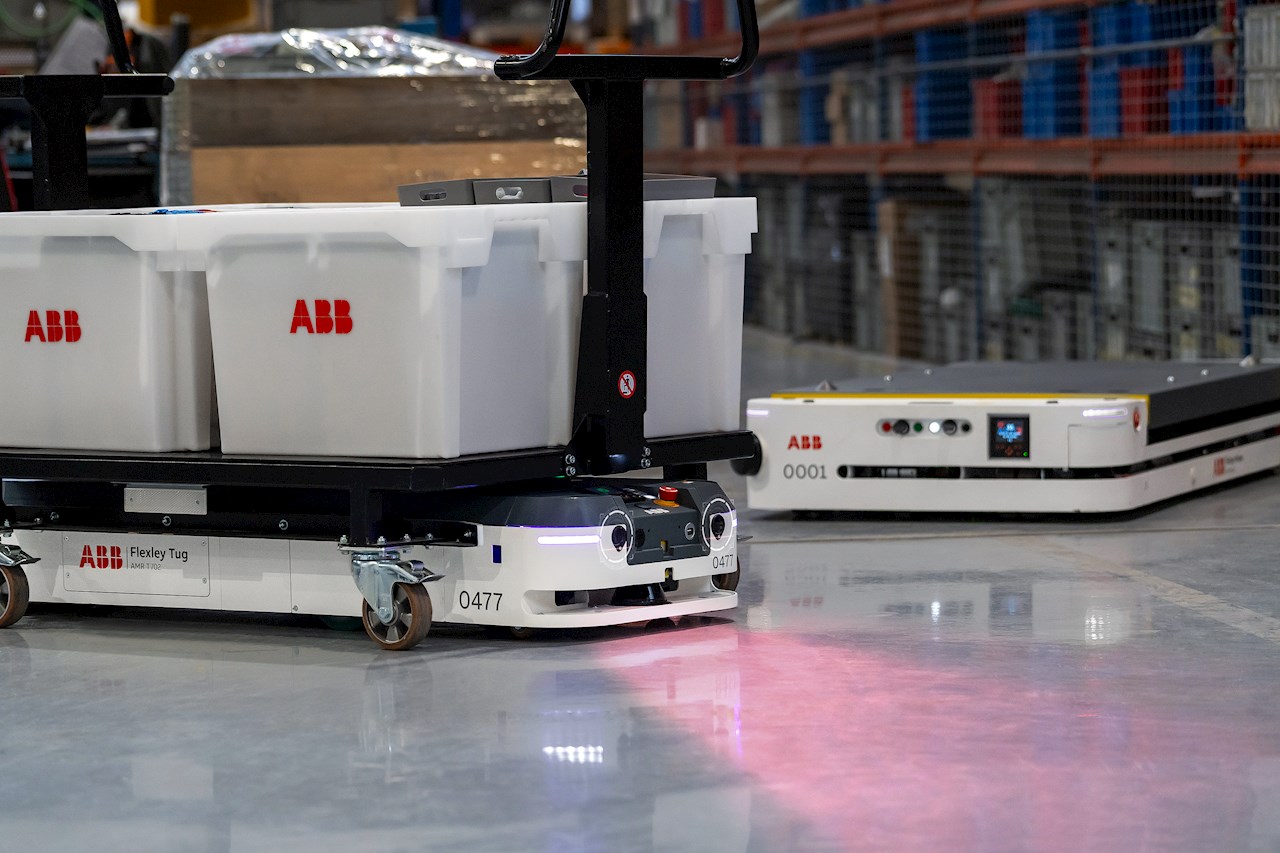Towards Sustainable Private 5G: A New Architectural Approach
Participating in projects that advance the evolution from 5G to more sustainable, adaptive, and intelligent network generations is part of our values. As part of the UNICO 5G R&D program, supported by NextGenerationEU funds via Spain’s Recovery, Transformation and Resilience Plan, we are engaged in two such projects: 6G BLUR and 6G DAWN. In our latest blogs, “The virtuous cycle of 5G network optimisation: how data drives connectivity performance in private networks” and “Simplifying 5G Network Deployment with Zero-Touch Provisioning,” we explained the proofs of concept (PoC) involved in the 6G BLUR Project. Nonetheless, in this blog, the Energy Optimisation in NPNs PoC, from the 6G DAWN project, will be illustrated.
We worked jointly with our member Ericsson, our collaborator Telcaria, and under the coordination of the Centre Tecnològic de Telecomunicacions de Catalunya (CTTC) to develop the Energy Optimisation in NPNs PoC. The objective was to establish data-driven energy optimisation in private 5G networks, targeting environmental sustainability and cost reduction for a more ecological 6G. This was achieved by validating alternative Mobile Private Network (MPN) configurations to maximise energy efficiency without compromising customer Key Performance Indicators (KPIs), ensuring no adverse effects on business and subscribers. Furthermore, three innovative key concepts are anticipated to drive the increased use of 5G within businesses:
- Network Digital Twin for a private 5G network, encompassing performance monitoring, analysis, a configuration recommender, and KPI predictions.
- Machine Learning Based APIs for private 5G networks, to extend and get secure access to the network’s digital twin capabilities. Here, existing services of the 3GPP network are reused as a baseline, with customised extensions tailored to meet the needs of Network Digital Twin (NDT) management and the Non-Public Network (NPN) scenario.
- Machine Learning model for Energy-efficiency on NPN scenarios, which is developed with 15 machine learning models evaluated for energy consumption, considering three performance parameters: model precision, model consistency, and computational efficiency.

Sustainability is one of the top priorities in today’s technological development, and mobile networks are no exception. For that reason, this PoC demonstrates how a smart 5G private network (NPN) architecture can achieve optimised power consumption from day one. This configuration incorporates three key pillars to minimise power consumption by design:
1. Centralised control in a remote data centre
One of the main innovations lies in the distinction between the control plane and the user plane. The entire network management is moved to a remote data centre, optimised for energy efficiency. This eliminates the need for on-site servers for these functions, reducing the associated energy consumption to virtually zero.
2. Local processing of user traffic
The UPF (User Plane Function), which is deployed locally in the CTTC, is responsible for the data traffic of connected devices. This strategic location ensures that the traffic generated by the different use cases remains within the local environment. This avoids the additional resource consumption involved in sending data over long-distance networks, resulting in greater sustainability, lower latency, and improved security.
3. Low-power 5G Radio Dots
Instead of traditional base stations, 5G Radio Dots, an indoor radio technology with a maximum power consumption of just 1 watt, are used. These devices facilitate efficient indoor coverage, ensuring stable, high-quality connectivity while optimising energy consumption.
The architecture is completed by the inclusion of a vendor-managed Digital Twin, which, through Exposure APIs, allows the enterprise to access real-time network data, performance, alerts, and simulations of the connected environment. This simplifies decision making, automation, and predictive maintenance without requiring additional infrastructure on the factory floor. This demonstrates that it is possible to build private mobile networks for industrial environments in a sustainable, scalable, and highly efficient approach. The key is in the design: a combination of remote functions, local processing, and low-power technologies can make a big difference in sustainability from day one.
This PoC’s experience lays the foundation for the evolution towards more planet-friendly 6G networks, without sacrificing the intelligence and connectivity demanded by the industry of the future. If you have not yet read the previous blog, I invite you to read about: “Simplifying 5G network deployment with Zero-Touch provisioning”.
Open research labs, like 5TONIC, are crucial for fostering collaboration among various stakeholders, including telecommunications operators, technology providers, and end-users across different industries. This collaborative environment cultivates a dynamic innovation ecosystem that propels the development of groundbreaking solutions, enabling the realisation of the benefits offered by new mobile network generations. Such cooperation is key to maximising research impact and ensuring that emerging technologies lead to practical enhancements in productivity, efficiency, and overall quality of life in numerous fields. In conclusion, open research spaces like 5TONIC are essential drivers for the advancement and widespread implementation of 5G and 6G technologies across diverse sectors.

